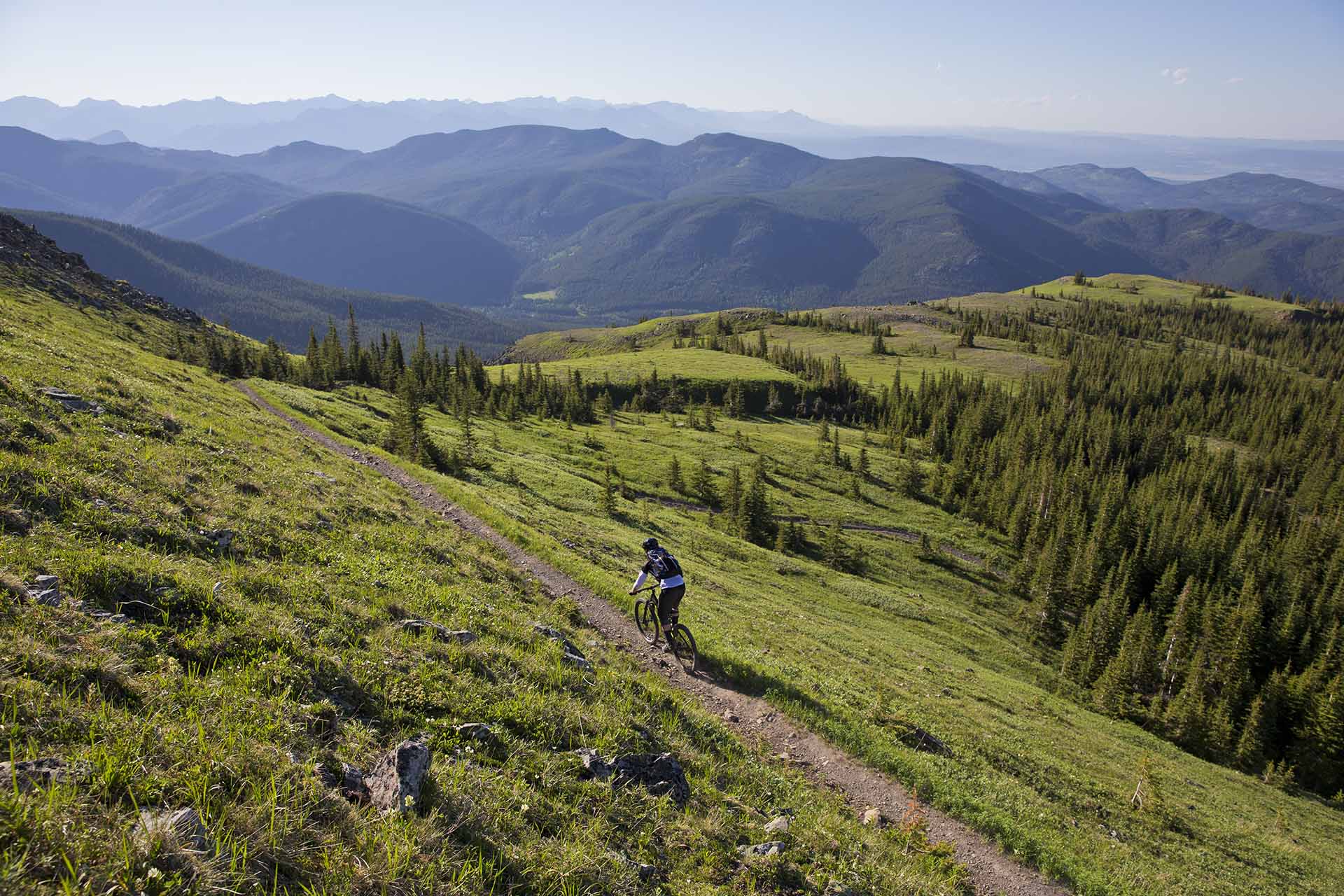-
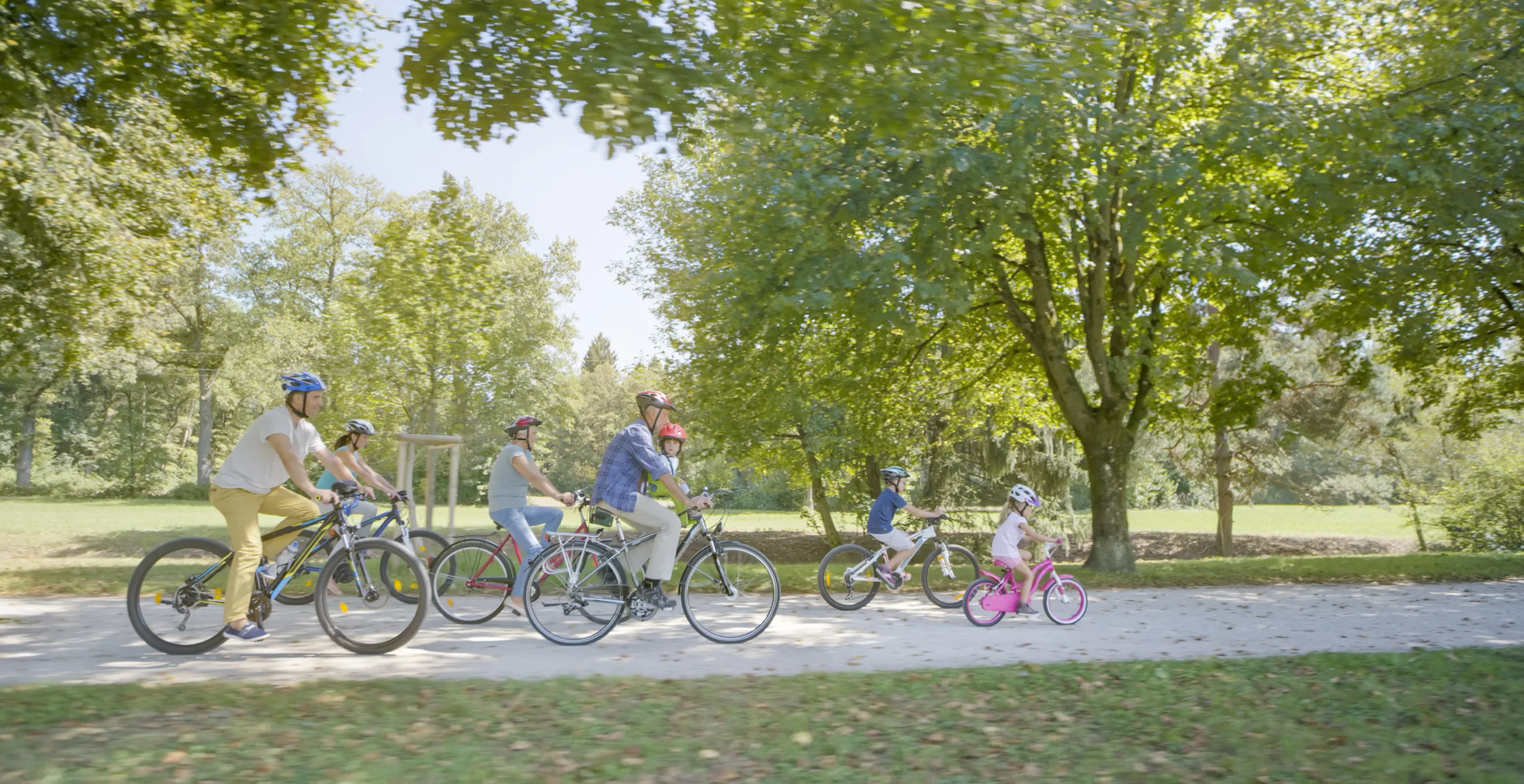
Ten years of data show the outdoor recreation economy has grown in nearly all states and is helping drive economic diversification and workforce development. Read more
-
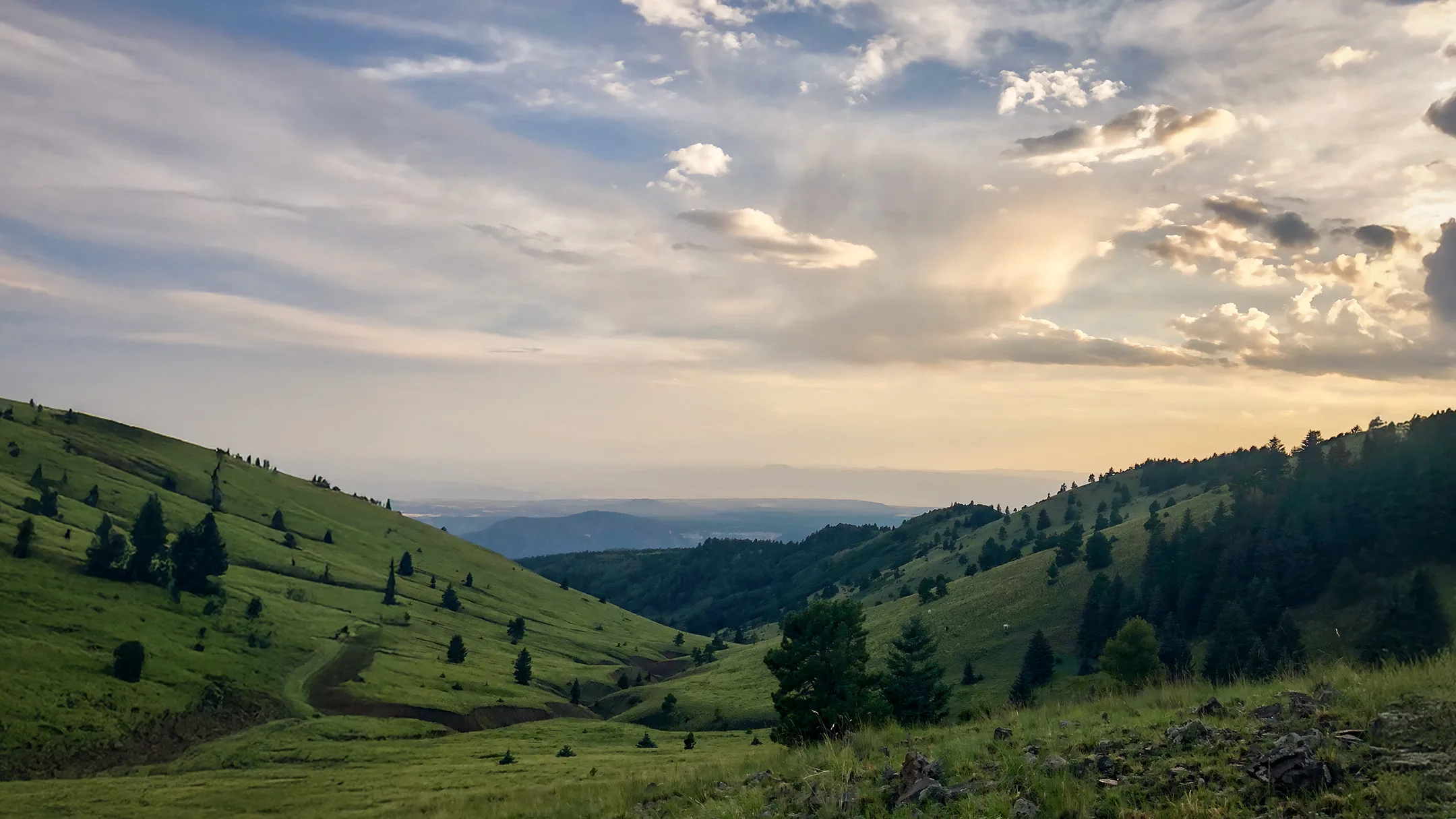
New modeling of trail use in Cibola and McKinley counties, New Mexico has identified more than $1.7 million in visitor contributions to the local economy each year. Read more
-
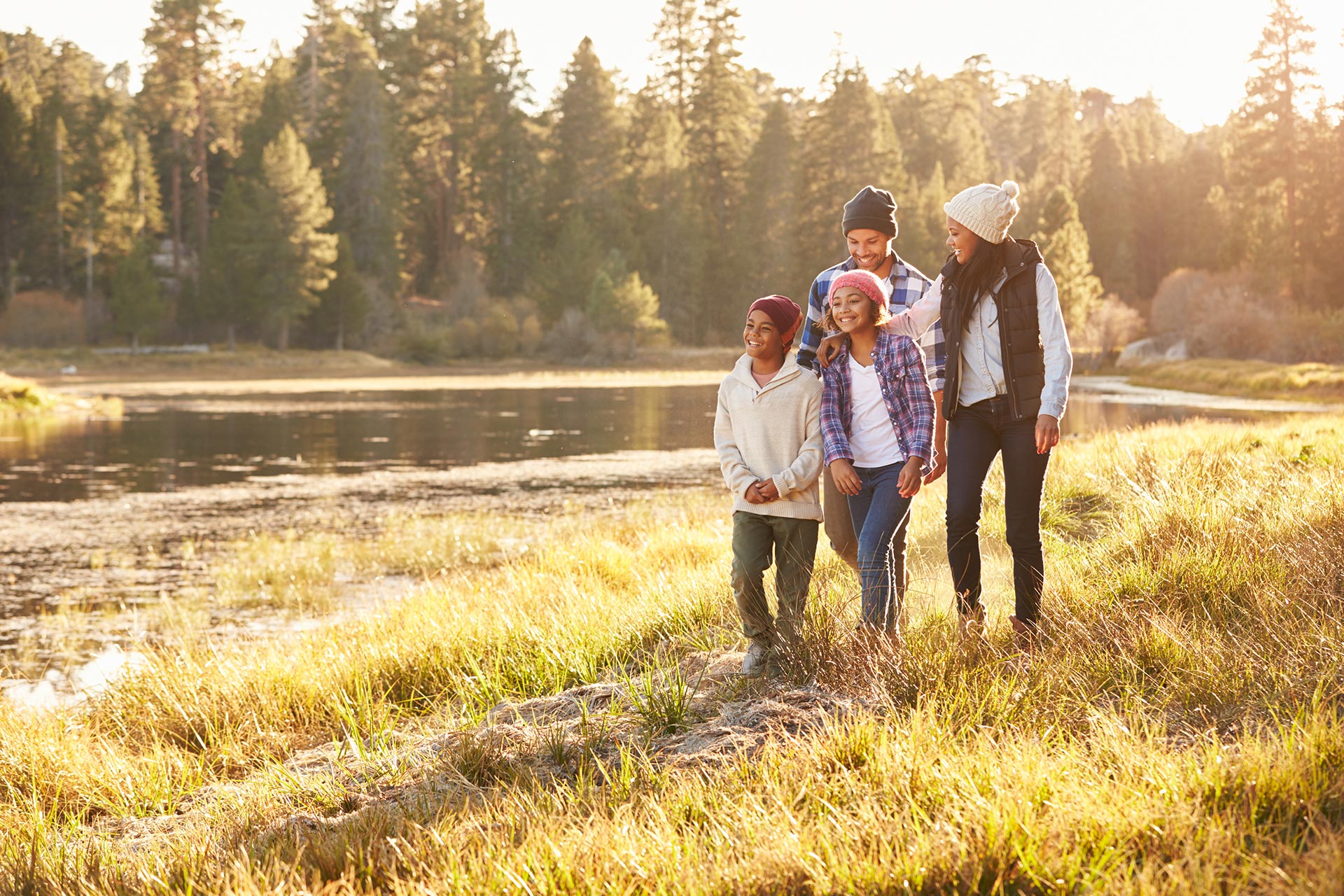
The outdoor recreation economy is large, growing faster than the overall economy, and consists of jobs in many industries. Explore data by state. Read more
-
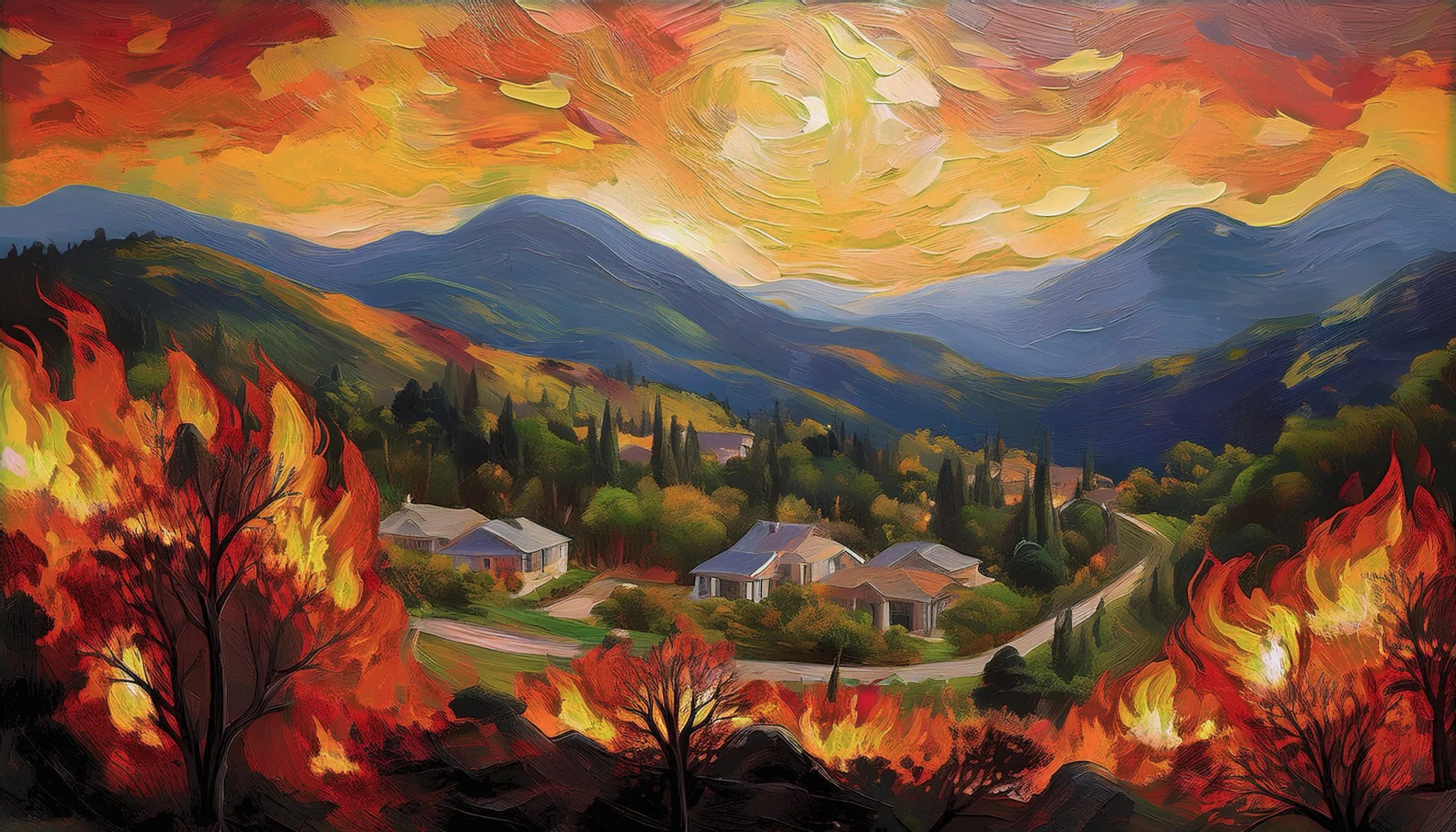
Many outdoor recreation communities face outsized wildfire and flood risks. They must prioritize updating infrastructure, community planning, and emergency response. Read more
-
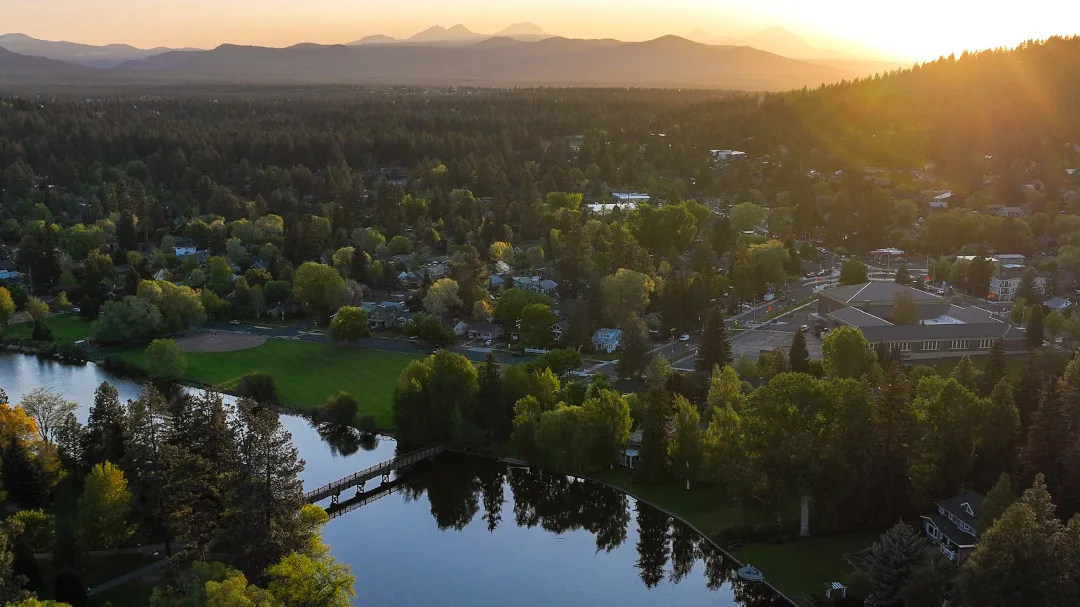
Headwaters Economics worked with leaders in Bend, Oregon to identify strategies that can help ensure the city’s appeal for both tourism and long-term livability. Read more
-
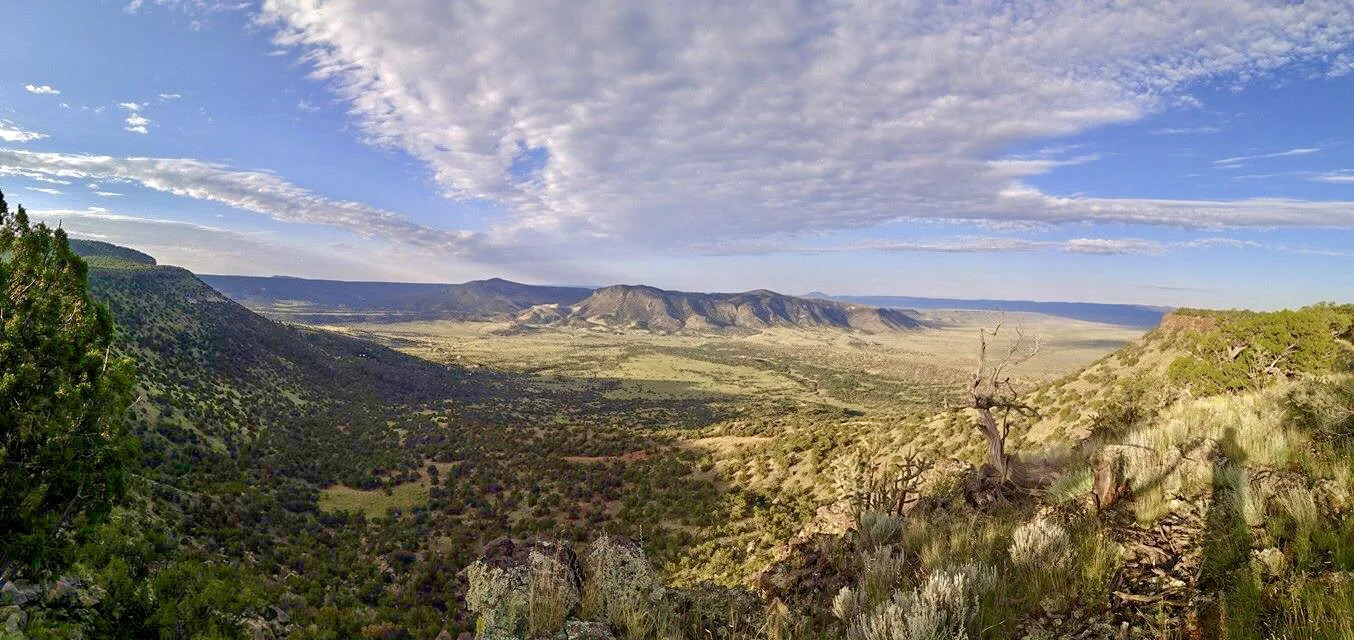
Detailed estimates of trail use show the substantial demand for recreational access in Cibola and McKinley counties, New Mexico. Read more
-

Headwaters Economics has created a free, curated collection of nearly 200 high-quality studies that measure the wide-ranging benefits that trails bring to communities. Read more
-
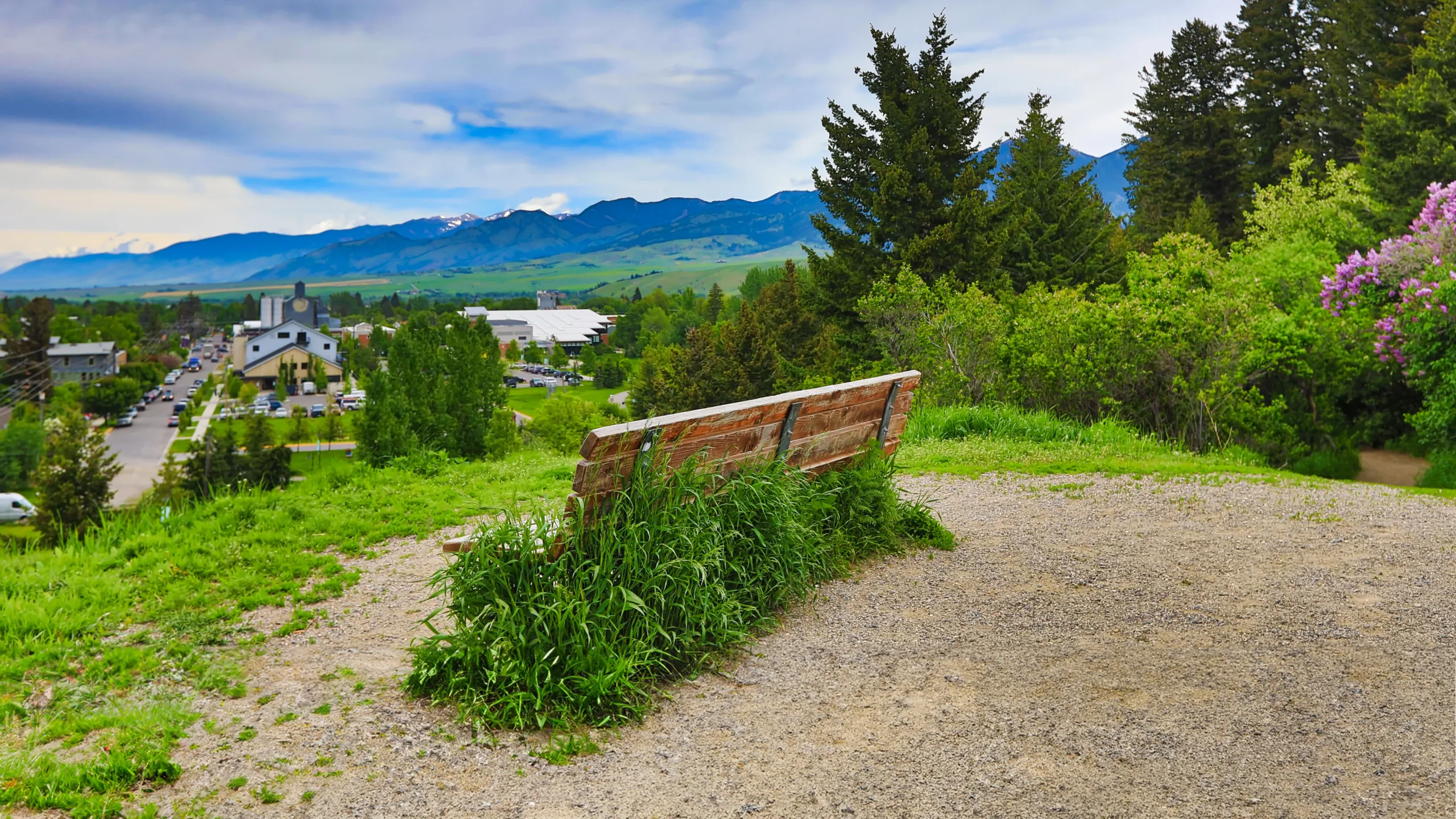
How we manage population centers is intertwined with our conservation of wild areas. The more we create equitable population centers in places people want to live, the more we can create durable, landscape-scale conservation outcomes outside of towns. Read more
-
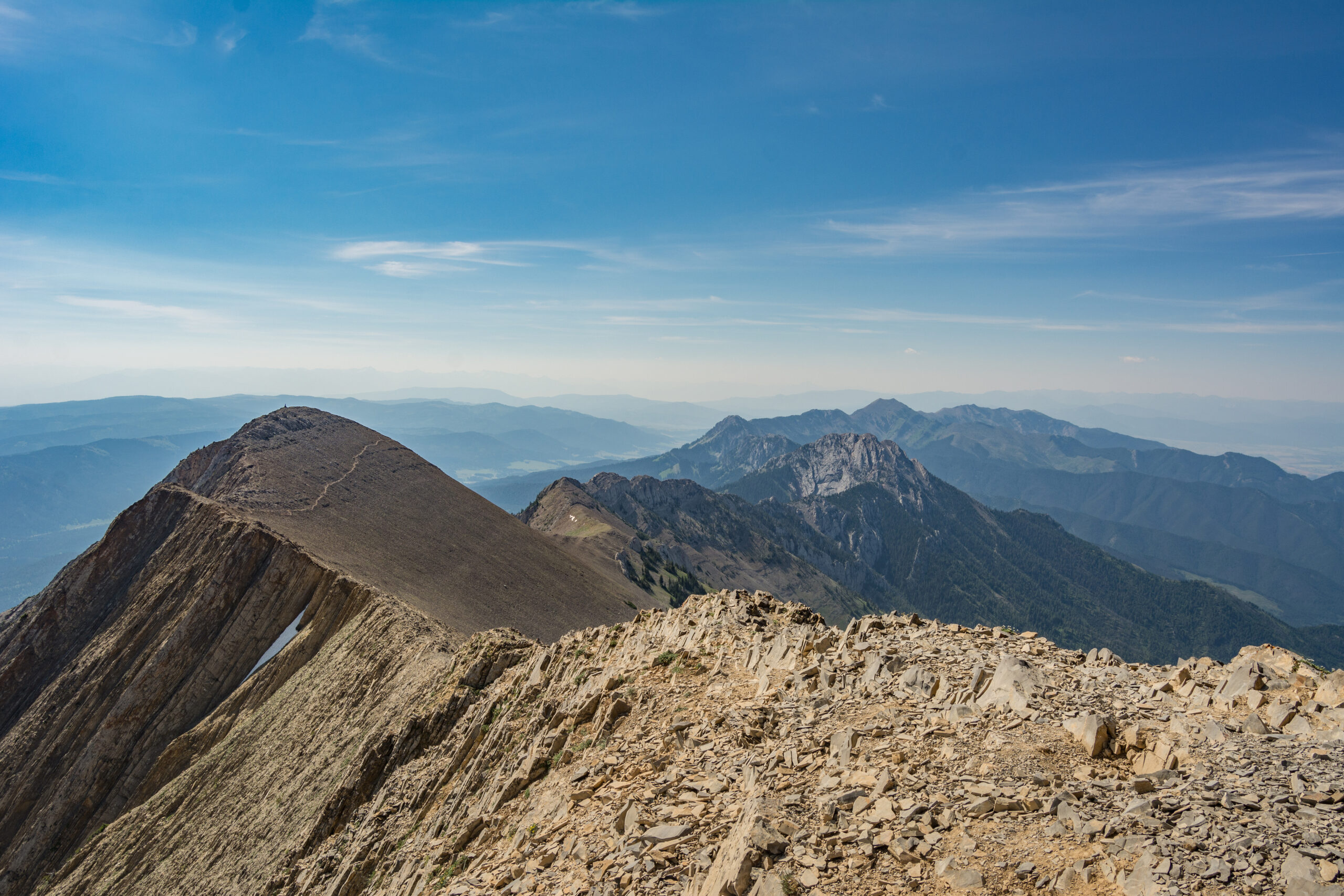
Better data is needed to measure recreational use on public lands. New, accurate methods are being pioneered in Montana’s Bridger Mountains. Read more
-
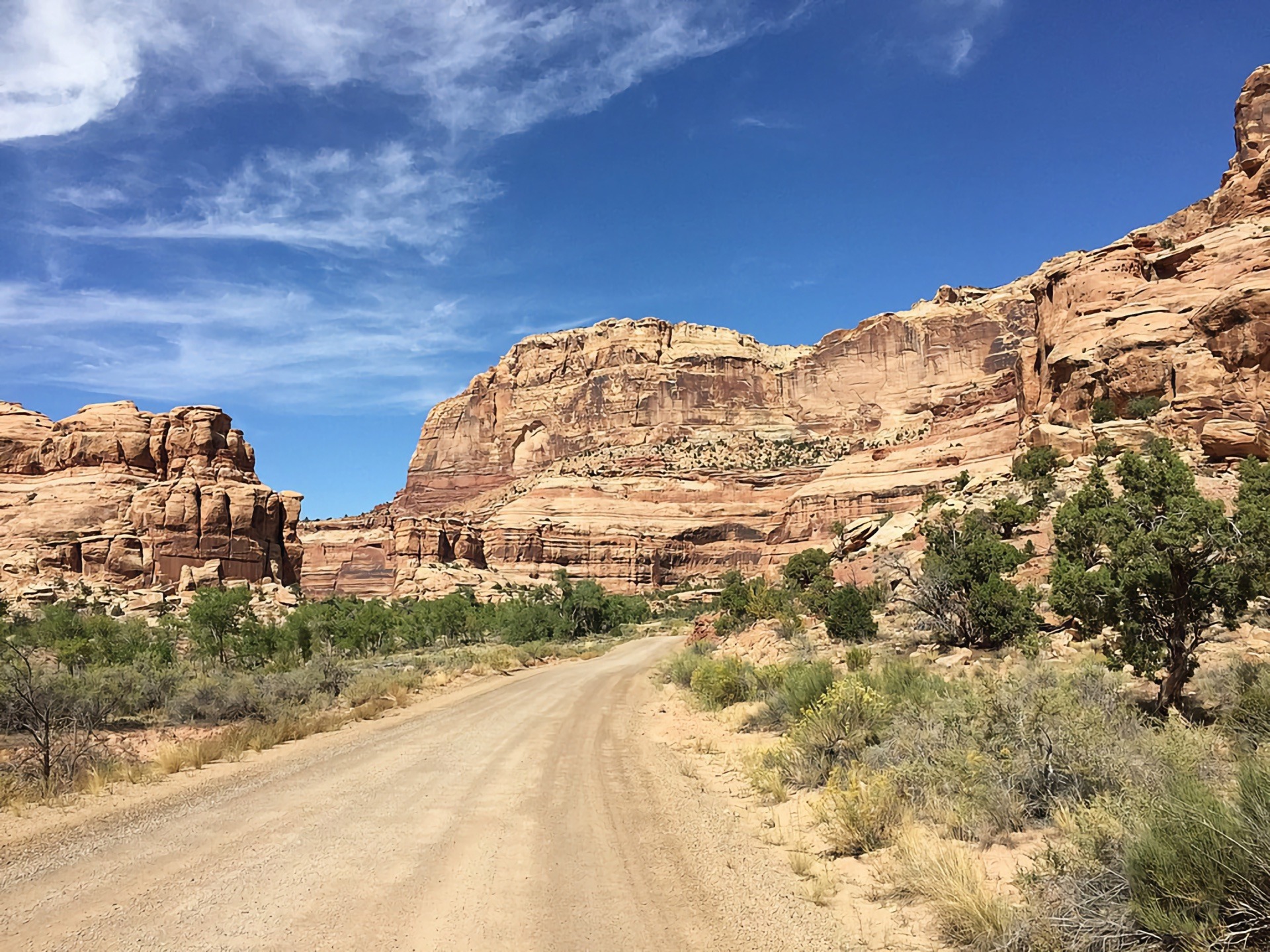
Lessons from communities dependent on natural resource extraction that have successfully diversified their economies with outdoor recreation. Read more
-
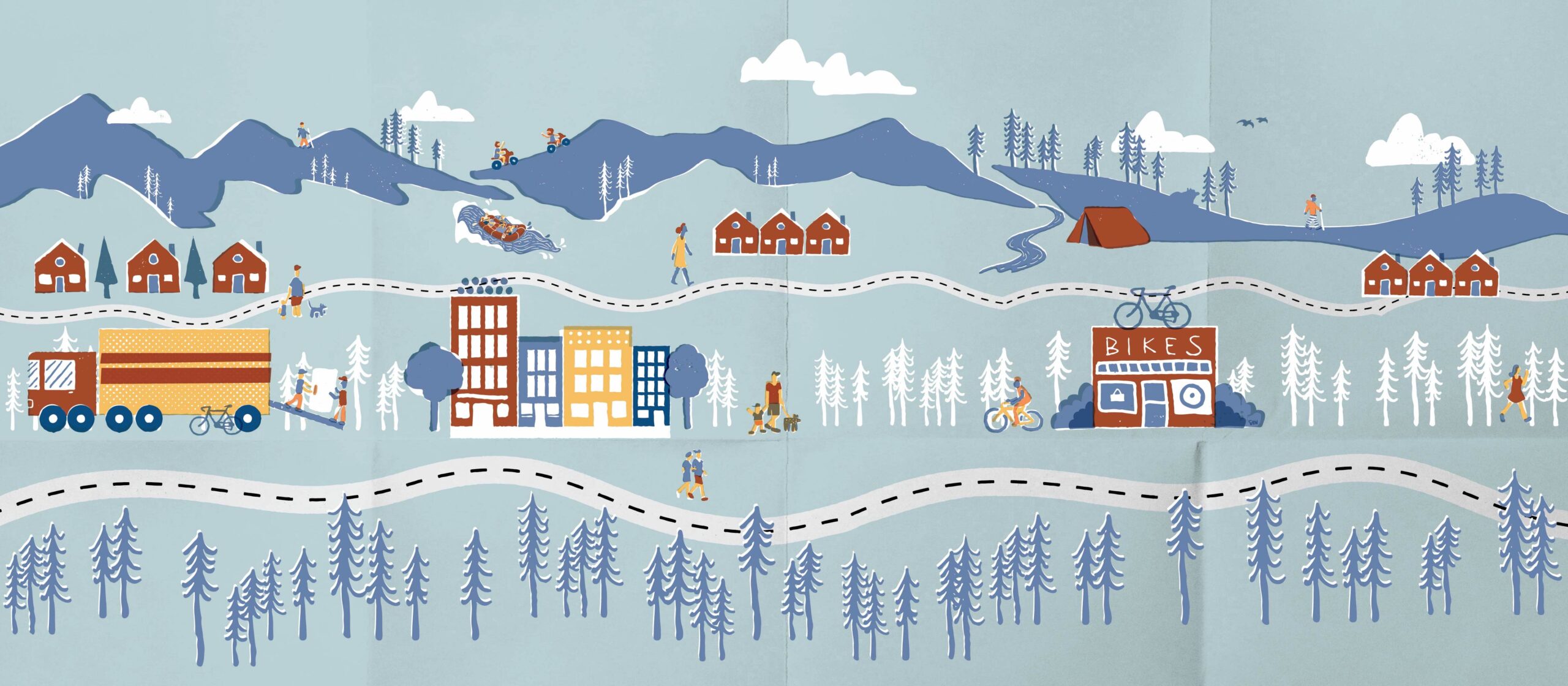
Amenity communities face unique challenges from waves of tourists and new residents. Proactive planning can help avoid being loved to death. Read more
-
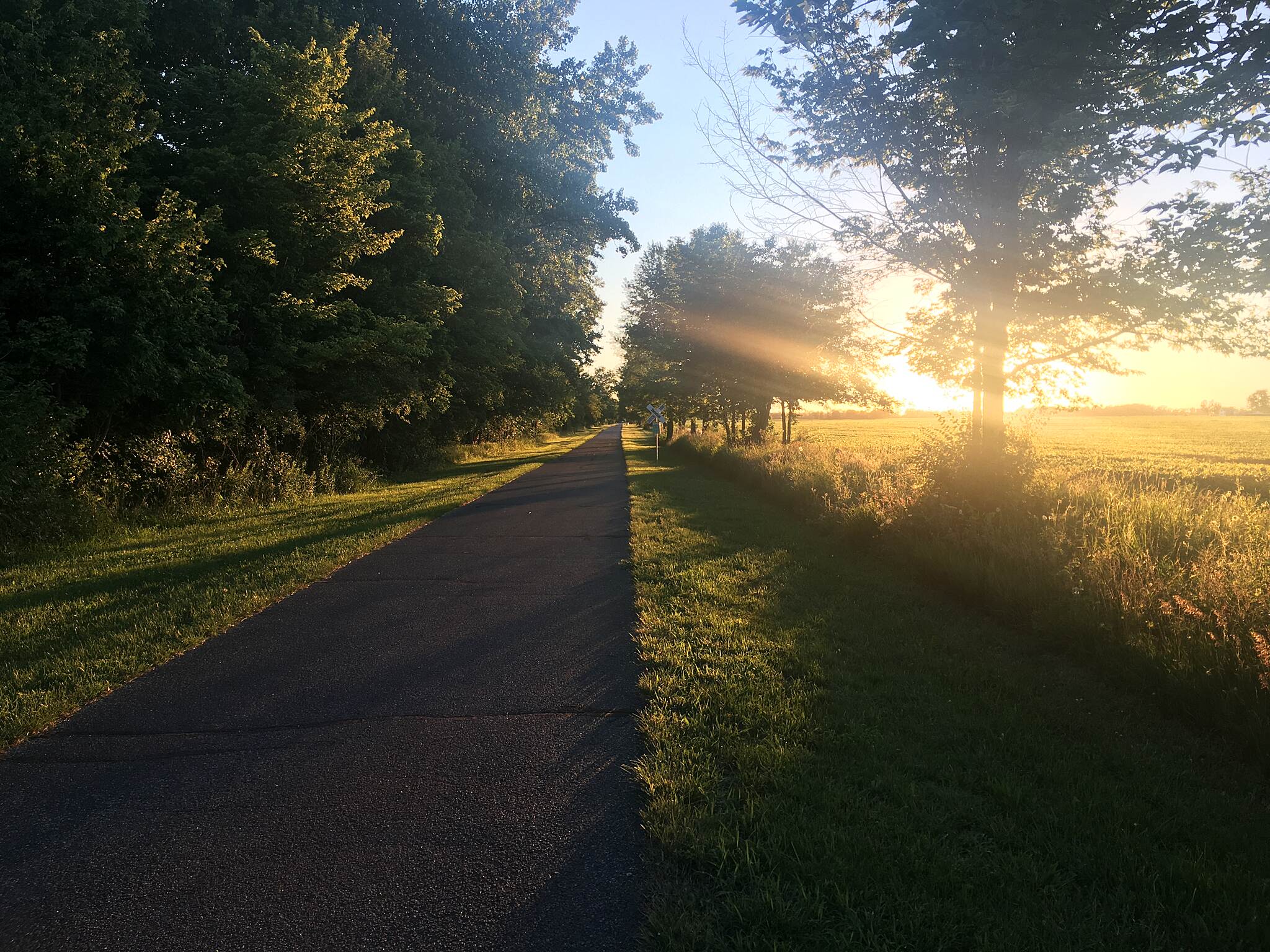
Through 12 states and the District of Columbia, the Great American Rail-Trail® will attract 25.6 million trips and generate more than $229.4 million in spending. Read more
-

Detailed estimates of summer trail use help show the impacts of growing recreational use and highlight infrastructure needs in southwest Montana. Read more
-

The outdoor recreation economy is strong, diverse, and growing, helping communities thrive. Read more
-
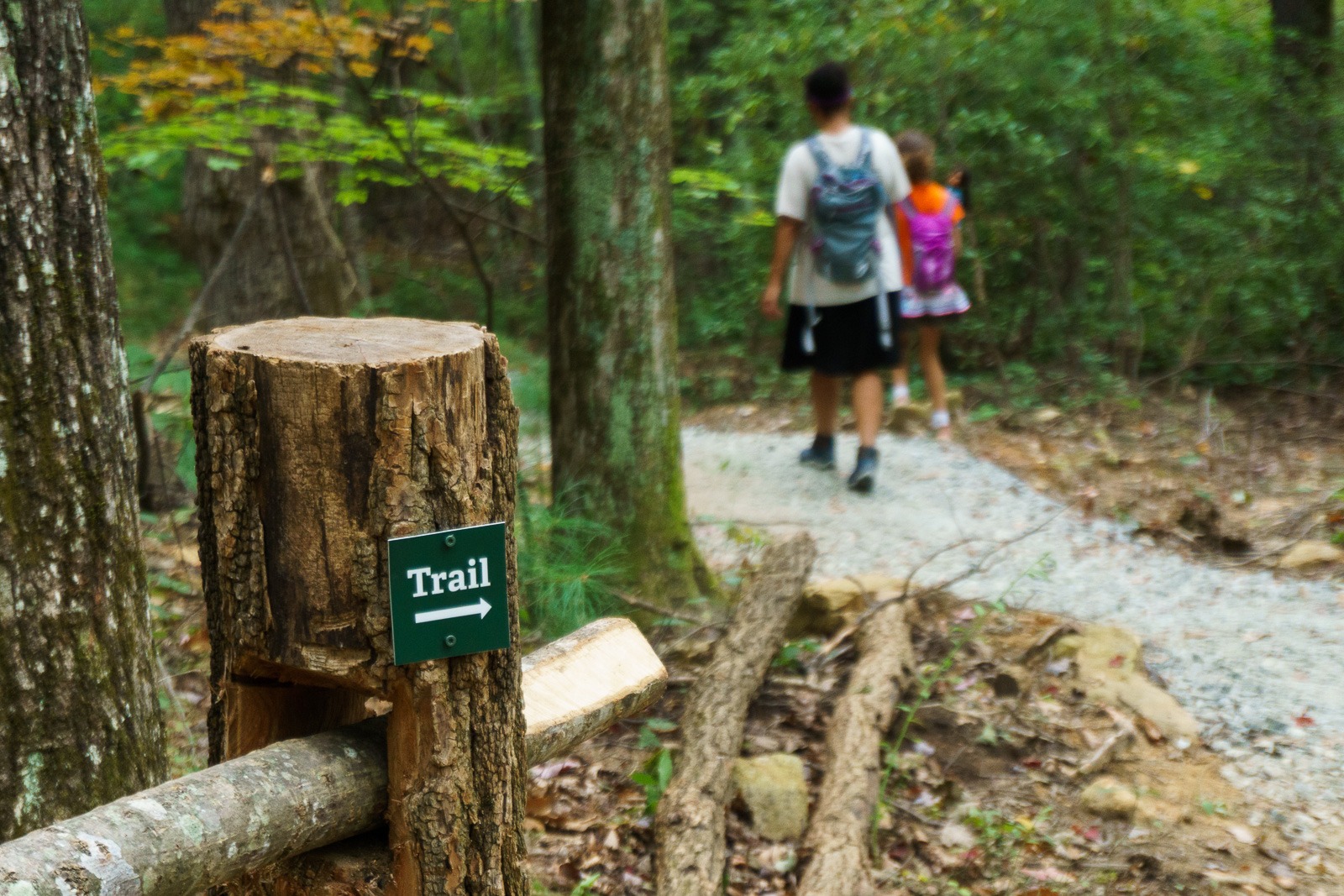
New data sources can change the way we count outdoor recreation, allowing trail managers to better advocate for improvements and plan for growing demand. Read more
-
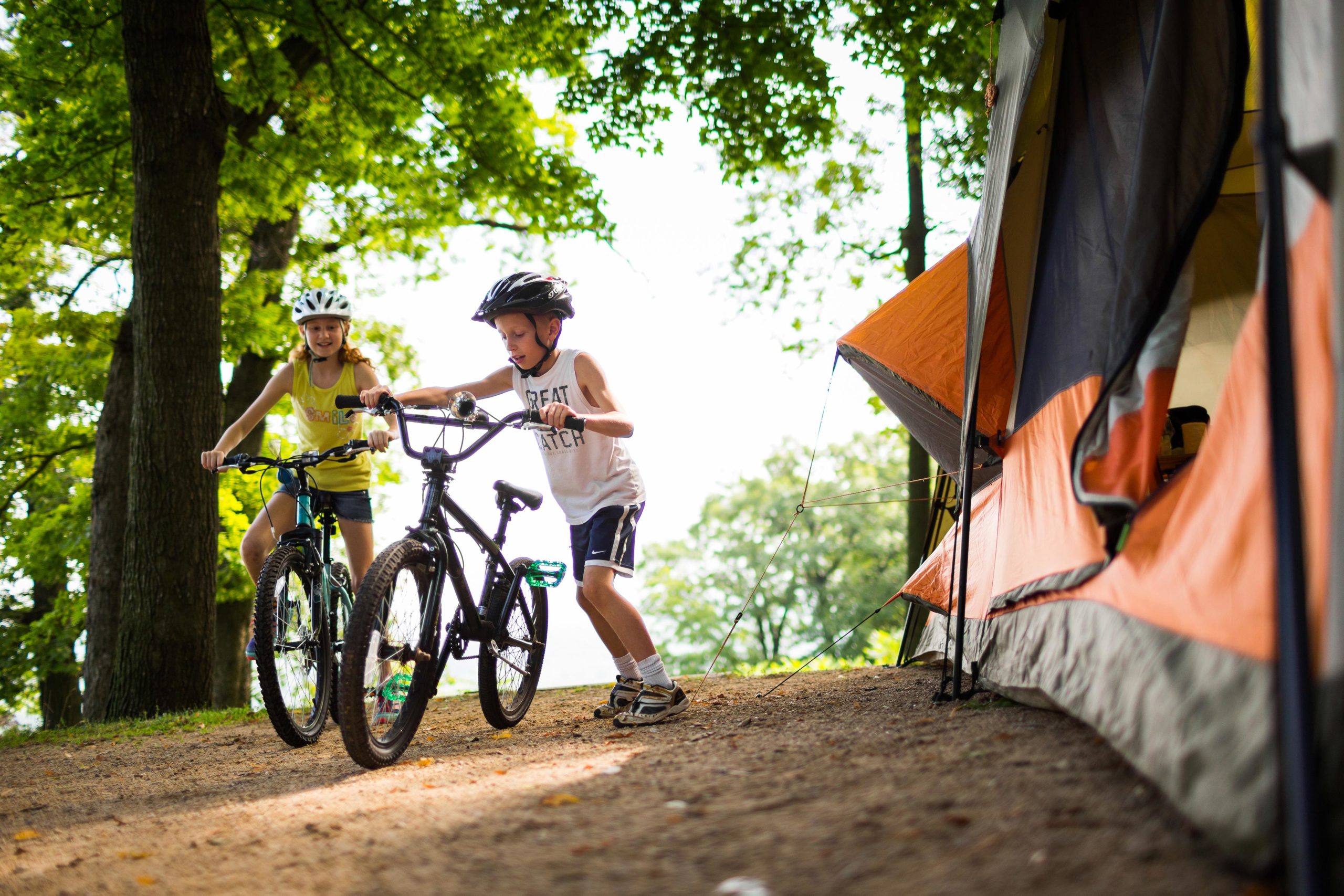
The outdoor recreation economy contributes $7.8 billion, or 2.4% to Wisconsin’s GDP and generates more than 93,000 jobs across diverse sectors. Read more
-
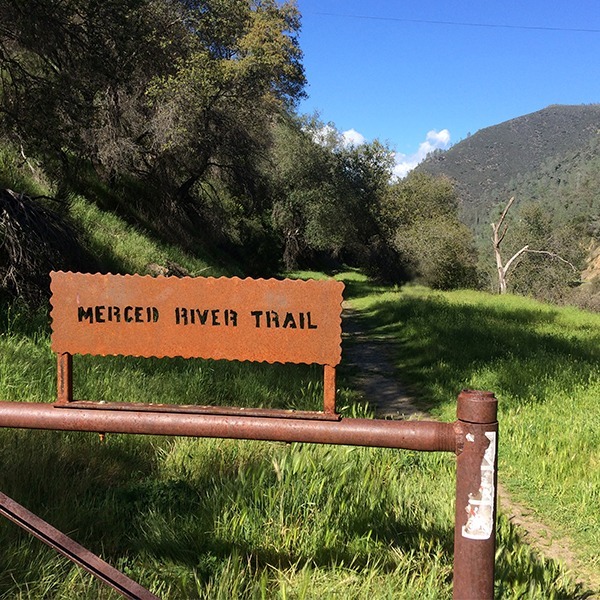
The Merced River Trail in Mariposa County, California will create benefits for the economy and businesses, quality of life, and public health. Read more
-
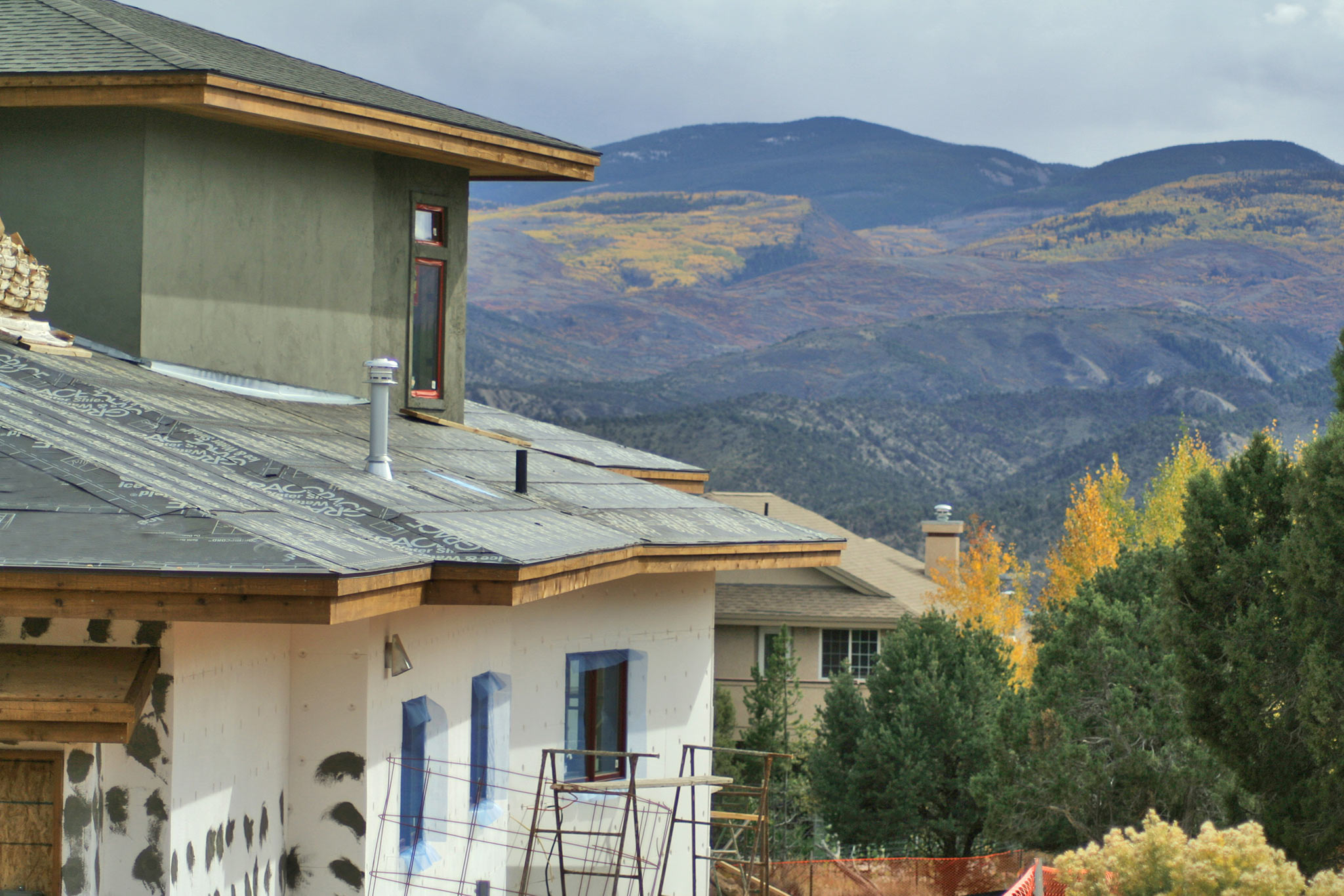
Recreation dependence, population growth from new residents, and income inequality are strongly associated with less affordable housing in non-metro counties. Read more
-
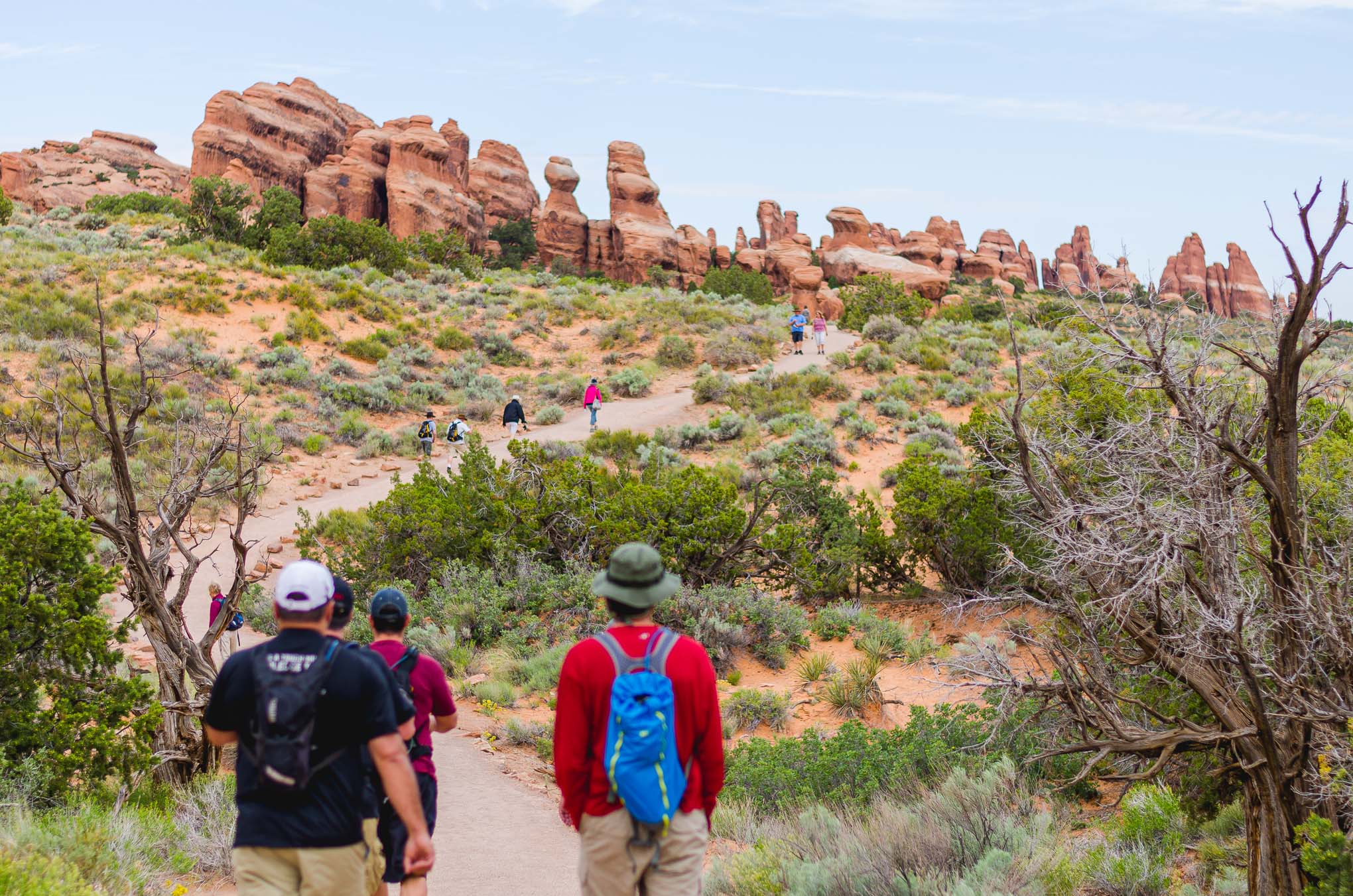
Where rural recreation counties rely on public funding for health care, fiscal solutions should diversify the ways local governments can save and spend. Read more
